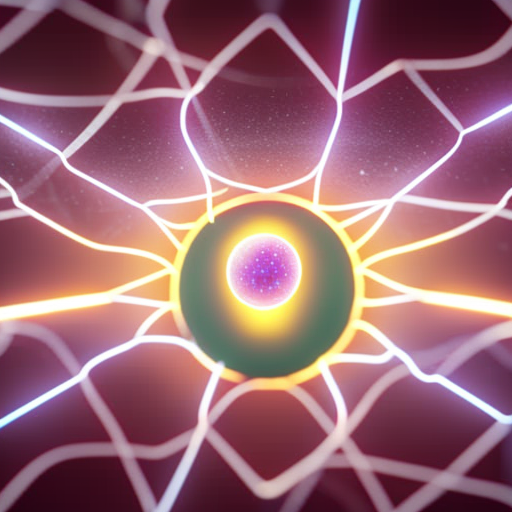Summary:
Quantum cryptography is a field of study that focuses on developing secure communication systems using the principles of quantum mechanics. It utilizes the properties of quantum physics, such as the uncertainty principle and the no-cloning theorem, to ensure the security of transmitted information. Quantum cryptography offers a high level of security by detecting any attempt to intercept or eavesdrop on the communication channel. It has the potential to revolutionize the field of cryptography and provide secure communication for various applications.
Principles of Quantum Cryptography:
Quantum cryptography relies on two main principles: quantum key distribution (QKD) and quantum entanglement. QKD is a method of securely distributing encryption keys between two parties, known as Alice and Bob. It uses the properties of quantum mechanics to ensure that any attempt to intercept the key will be detected. Quantum entanglement, on the other hand, allows for the creation of a shared secret key between Alice and Bob, which can be used for secure communication.
Quantum Key Distribution:
In quantum key distribution, Alice sends a series of photons, individual particles of light, to Bob. These photons can be in one of two states, representing binary values 0 and 1. However, due to the uncertainty principle, any attempt to measure the state of a photon will disturb it. Therefore, if an eavesdropper, known as Eve, tries to intercept the photons, her measurements will introduce errors that can be detected by Alice and Bob.
Quantum Entanglement:
Quantum entanglement is a phenomenon where two particles become correlated in such a way that the state of one particle is instantly determined by the state of the other, regardless of the distance between them. Alice and Bob can create entangled particles and use them to generate a shared secret key. By measuring the entangled particles, they can obtain a random sequence of bits that can be used as an encryption key. Any attempt by Eve to measure the entangled particles will disturb their state, alerting Alice and Bob to her presence.
Applications and Challenges:
Quantum cryptography has the potential to provide secure communication for various applications, including financial transactions, government communications, and military operations. However, there are several challenges that need to be addressed before it can be widely adopted. One of the main challenges is the issue of scalability. Currently, quantum key distribution systems are limited in terms of the distance over which secure communication can be achieved. Additionally, the cost of implementing quantum cryptography systems is still relatively high.
Future Developments:
Researchers are actively working on overcoming the challenges of quantum cryptography and developing more practical and scalable solutions. One approach is to develop quantum repeaters, which can extend the range of secure communication. Another area of research is the development of quantum-resistant algorithms, as the advent of quantum computers could potentially break existing cryptographic algorithms. Furthermore, efforts are being made to reduce the cost of implementing quantum cryptography systems, making them more accessible to a wider range of applications.
Conclusion:
Quantum cryptography is a promising field that offers secure communication based on the principles of quantum mechanics. It provides a high level of security by utilizing quantum key distribution and quantum entanglement. While there are challenges to be addressed, ongoing research and development efforts are paving the way for the widespread adoption of quantum cryptography in the future.












